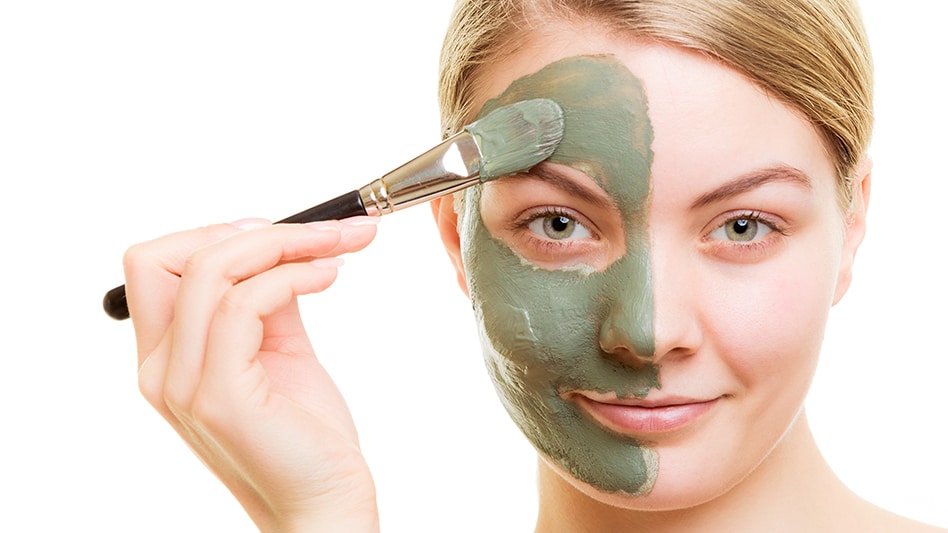If you’ve recently realized that your complexion is looking less than youthful, you’re not the only one. According to Statista, Americans spent $2.05 billion on anti-aging skincare products in 2015 alone. While the idea of halting or reversing the skin aging process is captivating, not all anti-aging products live up to their promises. Like many health complications, targeting the root of the problem is oftentimes the best approach to finding a solution. In the case of premature aging, the primary root of the problem is overexposure to UV rays. If we make efforts to reduce the damage caused to our skin by UV rays earlier in life, chances are we won’t need to go hunting for the perfect anti-aging cream later in life.
If you’ve read our previous post, you’ll know that there are different types of UV rays that cause damage to human skin. UVB radiation is primarily known for causing sunburns, while UVA rays are the primary cause of premature aging. By causing damage to collagen and elastin proteins, UVA rays can cause your skin to deteriorate. This process, known as extrinsic aging, is separate from aging that happens regardless of UV exposure, known as intrinsic aging.¹ In other words, everyone will theoretically look older eventually. However, many visible signs of aging are, in fact, caused by overexposure to the sun, like roughening, discoloration, deep wrinkling, loosening, and dulling of the skin.¹ Some anti-aging products have less than positive reputations amongst consumers, and some have even been caught making false advertising claims. When purchasing anti-aging products, there are certain ingredients to look for that have been scientifically proven to have anti-aging effects. These include antioxidants like vitamins C, B3, and E, polyphenols, like green tea polyphenols, and flavonoids. These compounds decrease the amount of collagen-damaging free radicals in the skin cells. Also keep an eye open for vitamin A, also known as retinol, on your cosmetic label. This compound, as well as polypeptides, actually spark collagen production.¹If you’re looking to combat premature aging, your first step should be to wear a broad-spectrum sunscreen or moisturizer with broad-spectrum protection on a daily basis. Broad-spectrum products offer protection against both UVA and UVB rays, while products not labeled as such only offer protection against UVB rays. If you do decide to use anti-aging products, make sure to read the ingredients label closely to look for scientifically backed ingredients.
- Ganceviciene, R., Liakou, A. I., Theodoridis, A., Makrantonaki, E., and Zouboulis, C. C. (2012). Skin anti-aging strategies. Dermatoendocrinol 4(3): 308–319. Retrieved December 5, 2016



